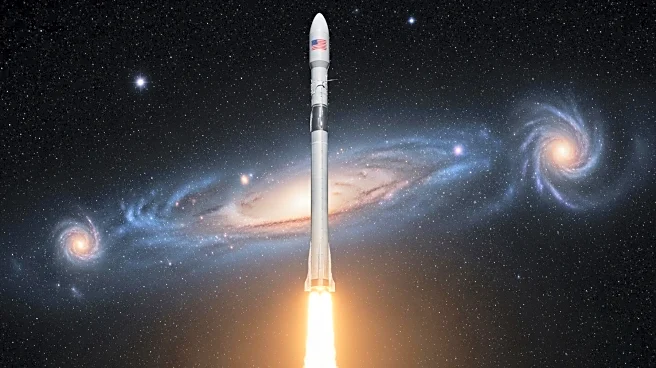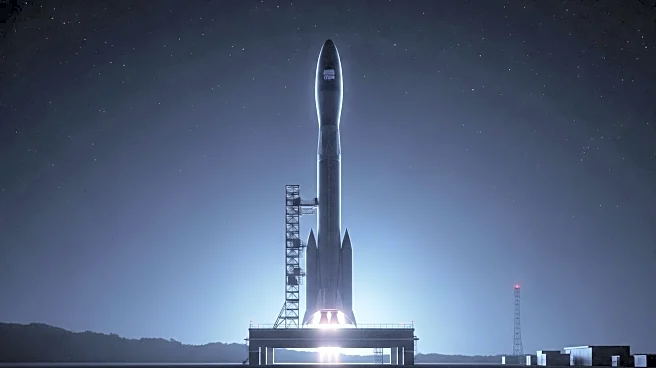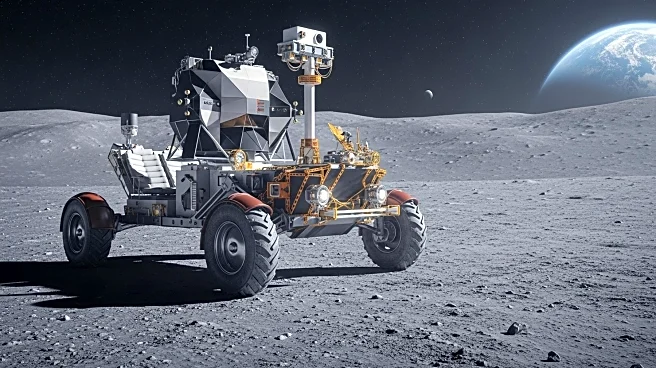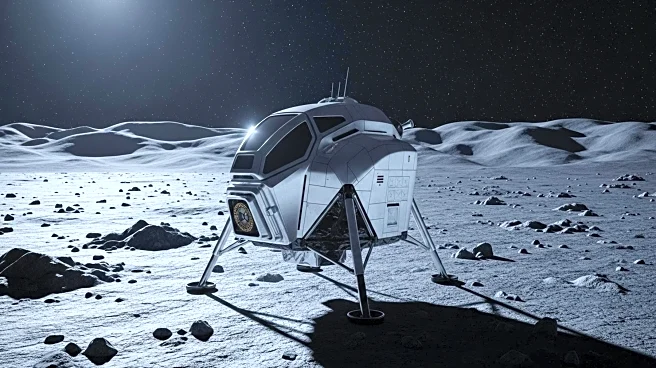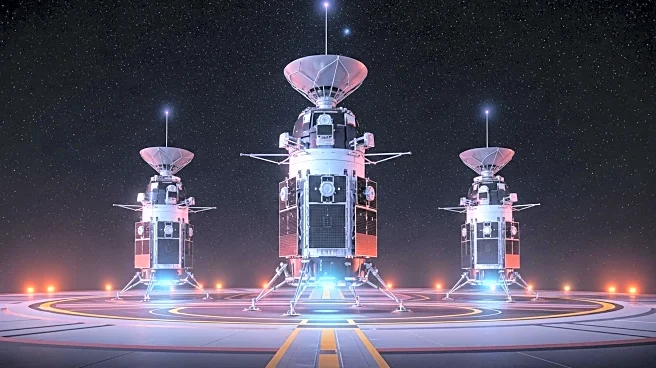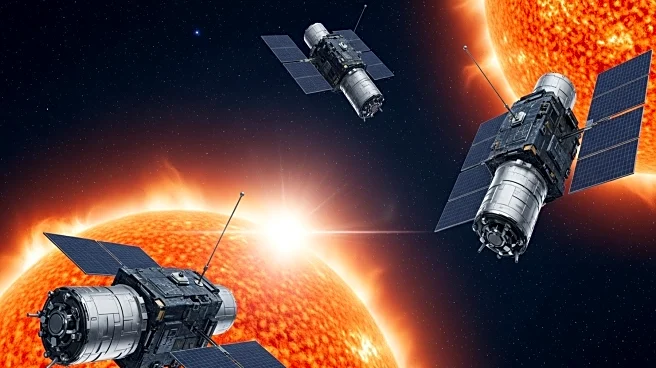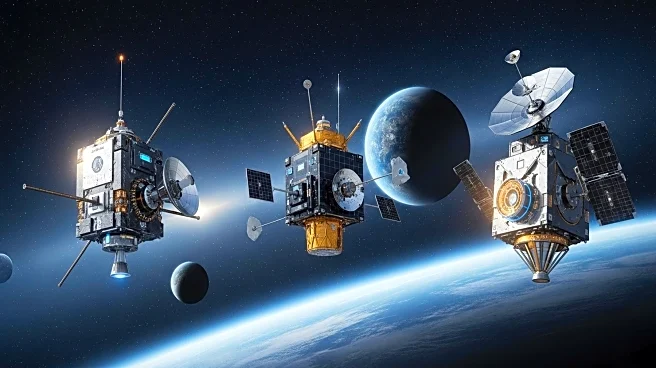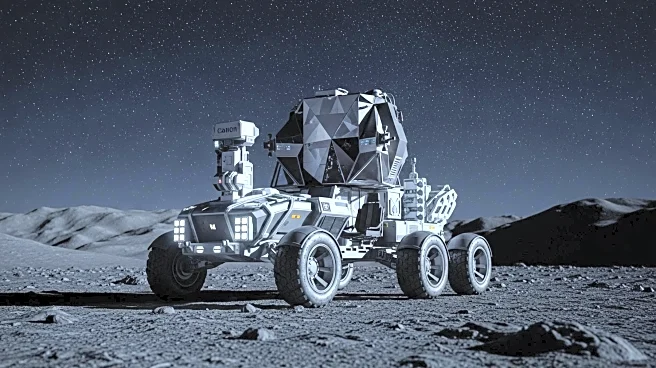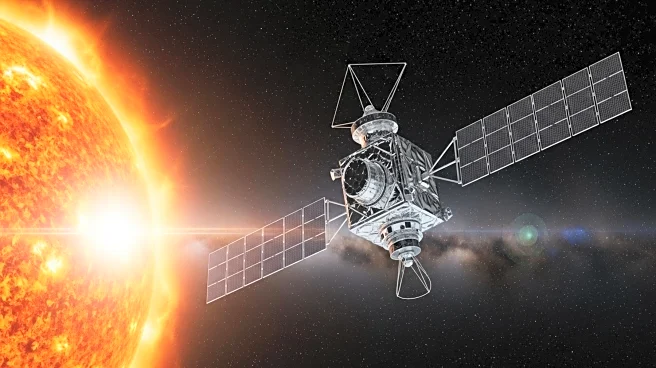What's Happening?
NASA and SpaceX have made significant strides in their space exploration efforts with recent launches and announcements. On September 24, a SpaceX Falcon 9 rocket successfully launched NASA's Interstellar Mapping and Acceleration Probe (IMAP) along with two rideshare satellites. This mission aims to study the solar heliosphere and improve space-weather monitoring. Additionally, NASA has announced that the Artemis II mission, which will be the first crewed lunar flyby since the Apollo program, is scheduled for April 2026, with a potential earlier launch in February. SpaceX also conducted a six-engine static fire test of its Starship upper stage on September 22, preparing for its 11th test flight. Virgin Galactic has unveiled plans for a 2027 suborbital research flight, 'Purdue 1,' which will carry Purdue University faculty, students, and alumni to space, blending space tourism with science education.
Why It's Important?
These developments mark significant progress in the U.S. space exploration agenda, with implications for scientific research, technological advancement, and international collaboration. NASA's IMAP mission will enhance understanding of cosmic radiation and solar storms, which are crucial for protecting Earth-based technologies. The Artemis II mission represents a pivotal step in returning humans to the Moon, fostering international partnerships, and inspiring future generations. SpaceX's Starship tests are critical for developing reusable rocket technology, potentially reducing costs for satellite launches and lunar missions. Virgin Galactic's initiative to combine space tourism with academic research highlights the growing intersection of commercial spaceflight and scientific inquiry, expanding access to microgravity environments for educational purposes.
What's Next?
NASA and SpaceX are poised to continue their ambitious space exploration plans. The Artemis II mission will undergo final tests before its scheduled launch, with safety as a top priority. SpaceX's Starship is expected to conduct its 11th test flight soon, pending regulatory approval and final pad upgrades. Virgin Galactic's 'Purdue 1' mission is set for 2027, contingent on the readiness of its next-generation Delta-class spaceplanes. These missions will pave the way for future lunar landings, Mars exploration, and expanded commercial spaceflight opportunities.
Beyond the Headlines
The integration of space tourism with scientific research, as demonstrated by Virgin Galactic's 'Purdue 1' mission, could lead to a new era where educational institutions regularly participate in space missions. This trend may democratize access to space, allowing a broader range of participants to conduct research and gain firsthand experience in microgravity environments. Additionally, the advancements in reusable rocket technology by SpaceX could significantly lower the cost of space exploration, making it more accessible to various stakeholders, including smaller companies and international partners.


